Travis Scott is known for his distinct vocal style that utilizes heavy effects like auto-tune, delay, reverb, and distortion to create a spacey, ambient sound. His mixes are laden with effects, but his voice still cuts through the mix cleanly. We will guide you to get that raw, energetic vocal mix like Travis Scott.
Choose the Right Vocal Take
It starts with a great recording. You'll need a high-quality condenser microphone. When mixing vocals in the style of Travis Scott, start by critically listening through all your vocal takes and choose the best performances. Travis' vocals often have a lot of energy and emotion, so choose takes that capture that raw energy. His sound focuses more on attitude and delivery than cleanliness and clarity. So, use takes with a great attitude, rhythm, and delivery in your sound.
Remove Unwanted Noise
Your chosen vocal clips must be free of unwanted mouth noises like pops and sibilance. Carefully listen and edit out any distracting mouth noises manually. If you have ambient noise like computer fan hum or HVAC rumble, utilize noise reduction software to eliminate that as well. The goal is to have clean, dry vocal clips to mix with.
Pitch Correction and Autotune
Varying degrees of Auto-Tune are signatures of Travis Scott's vocal tones. For a hint of pitch polish, set your tuning speed between 10-15 with humanization below 15%, which allows for subtle correction. Boosting retune speeds higher applies more robotic shifts for special effects. His sound is known for its experimental vibe, so you can try some settings to see what works for you. Automating pitch correction settings throughout verses adds a balanced energy to the sound.
EQ for Clarity
The aggressive EQ that boosts air and attenuation defines Travis's radio-ready sound. Emphasizing the 10-15 kHz top end increases vocal sparkle and clarity. Slight 3-5 kHz lifts can heighten vocal presence, but you must monitor closely for harshness and attenuate appropriately. Attenuating around 250-500 Hz by a few dB cleans up muddiness. These complementary EQ moves work together to carve out space for bright and crisp vocals in the mix.
Level Automation and Compression
Heavily compressed vocals are a Travis Scott trademark. After EQ, apply medium-low threshold compression using quick attack and short release time to retain the softer tone in the recording. Select ratios between 4:1 and 6:1 to control louder peaks while keeping lower levels audible.
Boost the output gain, making up for overall volume loss after compression. You can automate lead vocal levels to higher if you want that intense sound during verses. Dynamic processing sustains loudness throughout the mix. It results in a dense, rich voice that stands out.
Use a De-esser to Reduce Sibilance
The more aggressive a vocal delivery is, the higher the chance of sibilance and harshness on the vocal track. De-esser can identify the primary frequency of the sibilance sound. It can then use filtering and compression to eliminate that shrill upper mid frequencies. This way, you get a smooth voice without any compromise in clarity.
Delay, Reverb, and Distortion
These effects give the unique, trippy Travis Scott sound to the mix. A separate vocal track with around 500 ms delay and feedback set to about 20% to 30% creates perfect trailing echoes in the track. Add in some reverb, and you get a sound full of ambiance. Apply distortion to widen further and create a gritty voice. Layer these elements together to create an immersive sound.
Layering and Blending
Layering can help the mix have a very energetic sound. By adding lush harmonies, ambient vocals, and catchy hooks, you can create that dynamic sound Travis is known for. Combine these different elements and textures to achieve a complex and exciting mix. You can construct entire songs using vocal layers and sampling key lyrics throughout the song. Blend them properly once you have the arrangement you were looking for. Use the correct volume levels, compression, and other effects so that no part of the mix is overpowering.
Travis Scott's lush and atmospheric mix can be challenging to replicate. You need to master these diverse techniques to get the energetic sound he is known for. If you want this unique sound in a few clicks, you can use our Travis Scott Vocal Preset. It uses stock plugins for quick vocal mixing on your favorite DAW. Get the sound you are looking for with our easy-to-use presets. You can read our detailed guide for installing the vocal preset on your DAW.

